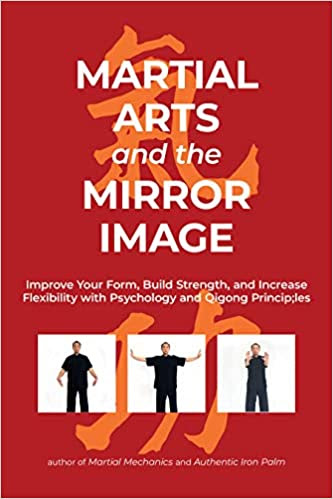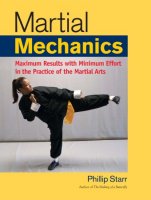BY Phillip Starr
In 1958, the Chinese government established an organization for martial arts training. The Chinese State Commission for Physical Culture and Sports led the creation of standardized forms for most of the major arts. During this period, a national wushu system that included standard forms, teaching curriculum, and instructor grading was established. Wushu was introduced at both the high school and university level. This new system sought to incorporate common elements from all styles and forms as well as the general ideas associated with Chinese martial arts. Stylistic concepts such as hard, soft, internal, and external, as well as classifications based on schools such as Shaolin, Taijiquan, Wudangquan, and others were all integrated into one system. Wushu became the government-sponsored standard for training in martial arts in China. The push for standardization continued leading to widespread adaptation.
Although the term wushu means, literally, “martial arts”, many traditionalists held it in disdain because it was developed solely for exhibition purposes and had/has no martial value. Moreover, elements of Beijing Opera and gymnastics were included and strongly emphasized. The people began referring to the older, traditional styles as “gongfu”, which they likely borrowed from the use of the term used in the West to refer to Chinese martial arts. “Wushu” was/is used to refer to the new, government-sponsored exhibition arts.
During the Cultural Revolution, which lasted from 1966 to 1976, the practice of traditional martial arts was strictly forbidden. The practice of wushu was, however, encouraged. In 1973, the Beijing Wushu Team toured various nations, including the U.S. Americans, enthralled by the incredible performances, embraced wushu and many began training in it. However, unlike their Chinese counter-parts who emphasized that wushu was developed solely for demonstrations, many Americans insisted that it had great martial value.
In 1979, China's State Commission for Physical Culture and Sports created a special task force for teaching and practice of Wushu. In 1986, the Chinese National Research Institute of Wushu was established as the central authority for the research and administration of wushu activities in China.
Looking at how many traditional styles are practiced today, the influence of the CCP is often very evident. This can readily be seen in the internal styles of taijiquan, xingyiqun, and baguazhang. As the form begins, practicioners stand at Attention, with their shoulder pulled back and held squarely, chests arched out...very military-looking. It isn't at all how the traditional posture should be held.
As they perform, you can see that the chest is often arched a bit, and the spine is kept ramrod straight. Again, heavy military influence from the CCP. Also, some small, barely noticeable movements in the form have been inserted. This is all done to make the forms more eye-pleasing.
Nowadays, many traditionalists are wholly unaware if and how their forms have been altered due to the influence of the CCP. And incorrect postures and movements easily become habits, which can negatively impact their effectiveness.
























No comments:
Post a Comment